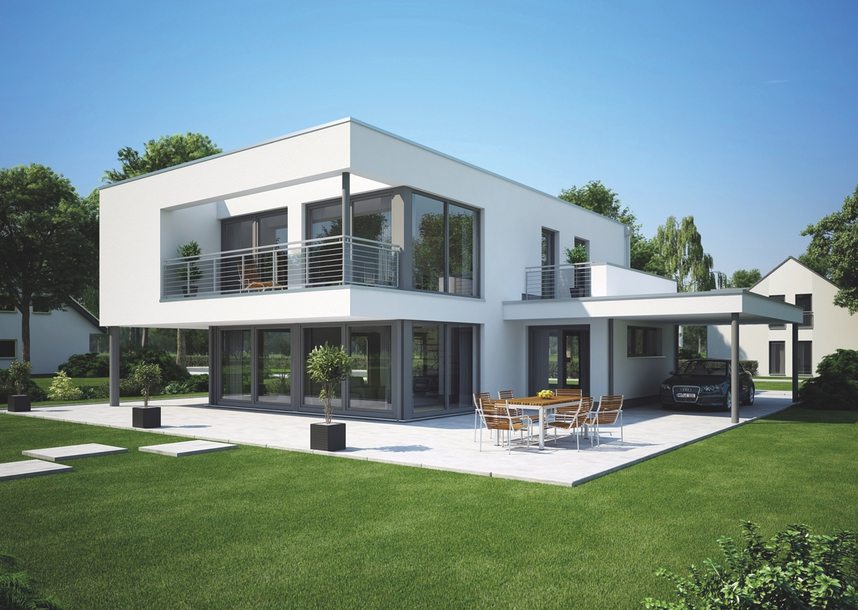
Passive house technology
“In the future there will be no more excuses not to build a passive house.” (Daniel Diedrich, architect and certified passive house designer, DMDVA Arquitectos, Spain)
Your window to a better world.
In the future there will be no more excuses not to build a passive house. It is an inspiring design concept that anyone can afford these days thanks to new technology and innovative windows; not just for individual homes, but also for larger buildings. Now we can cut down on CO2 emissions more than ever before. Building anything that isn’t a passive house or a low-energy building is unthinkable these days for ecological, economic and energy policy reasons. It’s also essential if we are to stop climate change. Passive house should be a global objective, not just a European one. Although passive house is a term normally associated with colder countries, the insulation also works the other way around in air-conditioned buildings located in hot countries, offering vast potential for savings. We all have the responsibility to change something, wherever we live.

Spanish architects and passive house specialists Diedrich, Dombriz and Postigo (l-r) of DMDVA are convinced we can save more CO2 than ever before thanks to new technologies, materials and innovative windows.
Less is more.
Past preconceptions about passive house architecture are outdated today. Passive house designs don’t impair living or workplace quality in any way. On the contrary, passive house structures with modern windows, building materials and smart technologies provide very comfortable work or home environments. In passive house architecture, the building shell and windows ensure that as little heating energy as possible can escape. At the same time, the windows let in as much solar heat as possible. Additional heat sources, such as the residents’ body temperatures and the heat emitted by electrical appliances are also used. The heat is recovered via a heat recovery system, which also regulates the fresh air supply. A building has to have a specific heat transfer coefficient (Uw value), which is a measure of the heat energy that can escape, in order to be certified as a passive house. Passive house windows must have a Uw value of less than 0.8 W/(m2K). The rule of thumb is the lower the Uw value the better the insulation.

For Daniel Diedrich and his team the Kömmerling 88 premium window with its passive house properties really is ‘The window to a better world’.
Kömmerling 88 – passive house conformity as a standard feature.
“I’m an architect who enjoys the challenges associated with designing passive house buildings. One of those challenges is selecting the perfect window layout. Windows play an important role in passive house buildings. That’s why it’s great that a manufacturer like Kömmerling has developed a new window system. Their ultra-modern system has passive house conformity in its standard version , without the need for expensive additional features and fittings. The window not only delivers excellent energy values, it also looks good. A stable design makes it possible to use large window surfaces in attractive facade designs – and they also have excellent sound insulation properties. Large window surfaces also minimise solar gains – especially in the colder months of the year – thereby reducing energy requirements and thus CO2 emissions. That’s why I’m convinced that the Kömmerling 88 premium window really is ‘The window to a better world’. – Daniel Diedrich, architect and certified passive house designer, DMDVA Arquitectos, Spain
Further information about the Kömmerling 88 premium window





